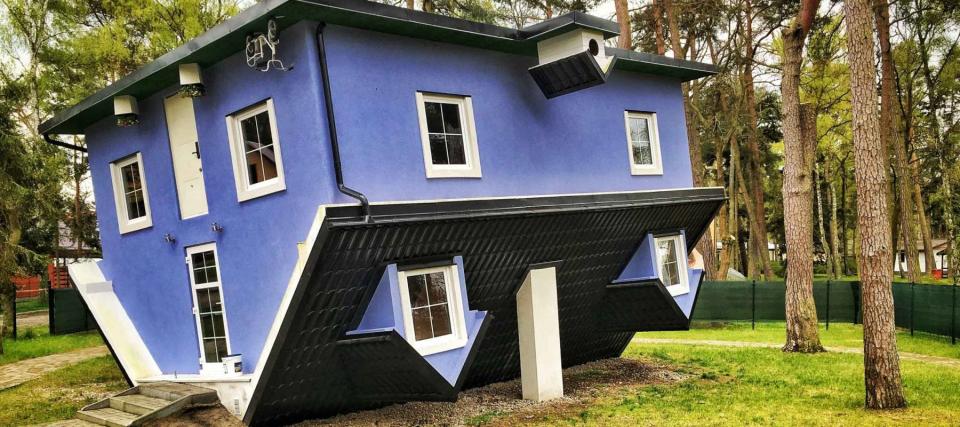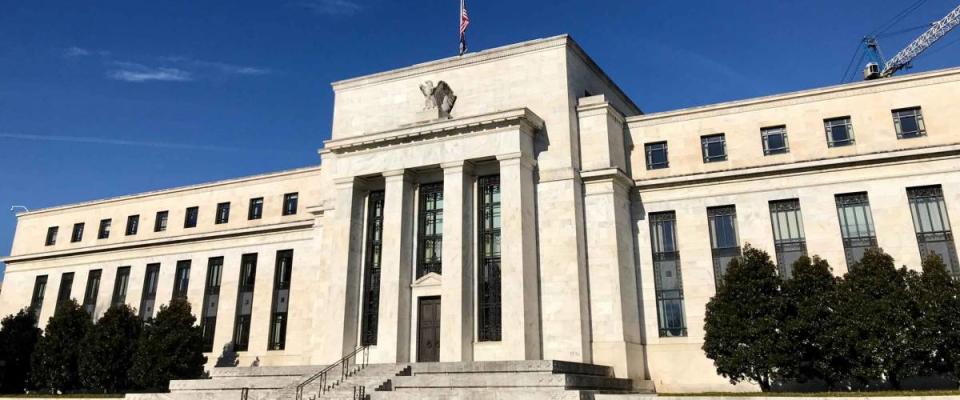How would negative interest rates affect mortgages?

The Federal Reserve hasn't left itself much room to keep cutting interest rates in its fight against the coronavirus, which Fed Chairman Jerome Powell says is worse than anything the U.S. economy has faced since World War II.
America's central bank has already slashed its benchmark interest rate down to about zero, matching the all-time low hit during the 2008 financial crisis and its aftermath.
The Fed's record-low rates have contributed to today's historically low mortgage rates and a range of other deeply discounted borrowing costs.
But if officials want to take interest rates even lower to lift the economy, they're going to have to go below zero — into the strange land of negative interest rates.
Powell said again last week that the Fed doesn't want to do that. But President Donald Trump has said he wants negative interest rates, and markets are betting we'll see them before long, maybe by the end of the year.
Here's more about how negative interest rates work — and what they could mean for mortgages specifically.
Turning interest upside down

Negative rates turn the concept of interest topsy-turvy.
Theoretically, negative interest rates take interest into a kind of looking glass land where savers have to pay interest for banks to hold onto their money, and borrowers are paid interest as an incentive to take out loans, including mortgages.
Central banks in Europe and Japan have already gone negative with rates in hopes of stimulating their economies. And Trump says it ought to happen here.
"As long as other countries are receiving the benefits of Negative Rates, the USA should also accept the 'GIFT'. Big numbers!" he tweeted on May 12.
A day later, in an online speech, Fed chief Powell said the coronavirus is putting the U.S. economy through "something significantly worse than any recession since World War II," and he warned of the potential for "lasting damage."
But Powell also has said negative interest rates aren't the answer. During a Princeton University webinar on Friday, he reaffirmed that Fed policymakers aren't interested in taking rates below zero.
"The evidence on whether it actually helps is pretty ambiguous," the Fed chief said. "You’re crushing down on bank margins and that makes them lend less."
Still, the rate options market has given a 1 in 4 chance that the Fed will take its key rate below zero before the end of 2020, according to Bank of America Securities data reported by Reuters.
What negative rates on savings and mortgages would look like

Rates have dipped below zero in other parts of the world.
In countries that have already dipped below zero with interest rates, depositors do pay fees when they turn their money over to banks for safekeeping.
Bank of America strategist Mark Cabana says it's essentially a tax on savings.
"I think it would have a very negative connotation to have a saver who has worked hard to make money and wants to try to be prudent by saving it, to then be taxed on that," Cabana told CNBC.
Some parts of the world have seen the introduction of negative rates on mortgages, too — but the concept is not as cool as you might think.
Last year, a bank in Denmark became the first in the world to offer a mortgage with a negative annual interest rate, -0.5%. Jyske Bank said it would reduce the loan principal by that amount each year.
Yet borrowers typically do not come out ahead. The small interest they "earn" can be more than wiped out by loan fees, including closing costs.
Are we likely to see negative rates, including on mortgages?

The Federal Reserve may not have to resort to negative rates.
Right now, U.S. mortgage rates are incredibly low, and both homebuyers and homeowners who shop around and compare rates can find great deals.
Rates may go a little lower, says Aaron Brachman, managing director of the Washington Wealth Group in Washington, D.C. But don't expect to see rates that are even close to the zero line.
In fact, while average mortgage rates have been falling to all-time lows, some lenders have been raising their rates — because they've been overwhelmed by loan requests, particularly from homeowners eager to refinance and save.
Brachman believes the Fed will resist the temptation to push interest rates into the negative zone. He says the central bank isn't completely out of ammunition to fight the coronavirus crisis and could resort to its "last bullet": buying up stocks to support the economy.
"Central banks all over the world have been doing this for 10 years," Brachman says. "Look at the Bank of Japan. They are a top shareholder in almost 40% of the publicly traded securities in Japan."
